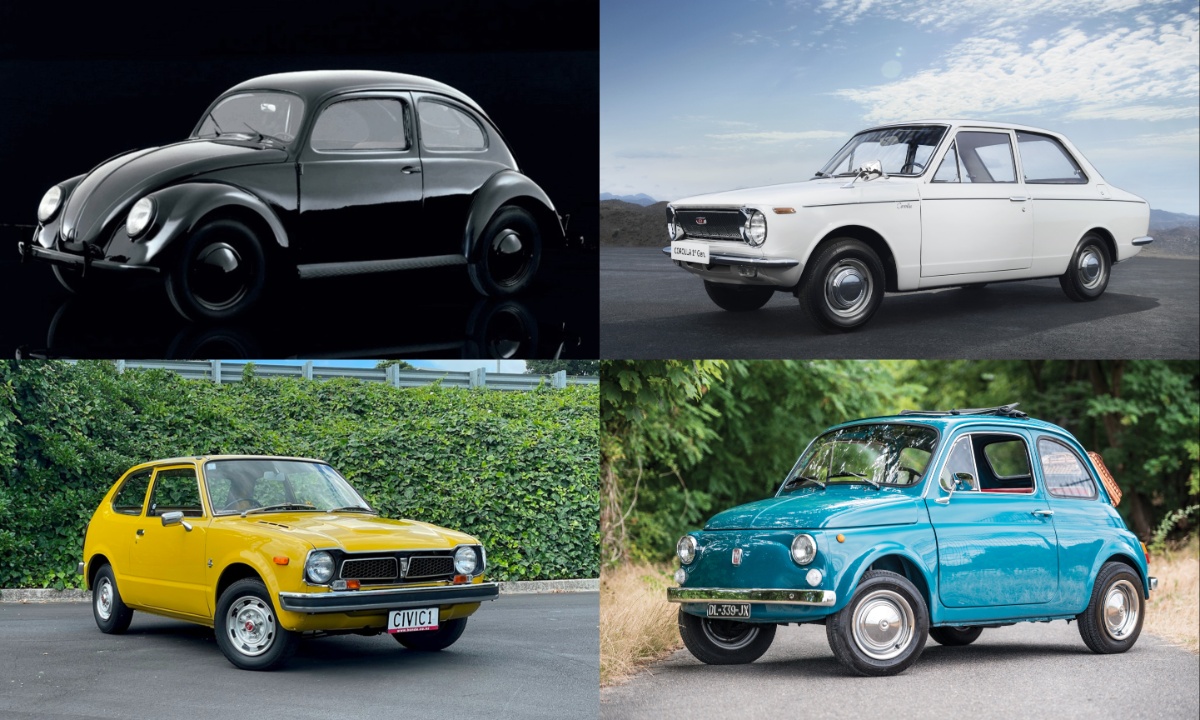From the creation of the first internal combustion engine to the rise of electric vehicles, the automobile industry has witnessed revolutionary advancements. Over the decades, certain vehicles have stood out as game-changers, shaping the industry and influencing culture, engineering, and technology.
These iconic cars have not only provided mobility but have also redefined convenience, performance, and affordability. This article explores ten groundbreaking vehicles that have left an indelible mark on automotive history.
1. Benz Patent MotorWagen (1886): The Birth of the Automobile
The Benz Patent MotorWagen is widely recognized as the first practical automobile, marking the transition from horse-drawn carriages to self-propelled vehicles. Powered by a single-cylinder, four-stroke engine producing just one horsepower, this pioneering vehicle had a modest top speed of 10 mph.
What set the MotorWagen apart was its innovative tubular steel frame, providing strength while minimizing weight. This car laid the foundation for modern vehicle architecture and proved that automobiles could become a viable means of transport.
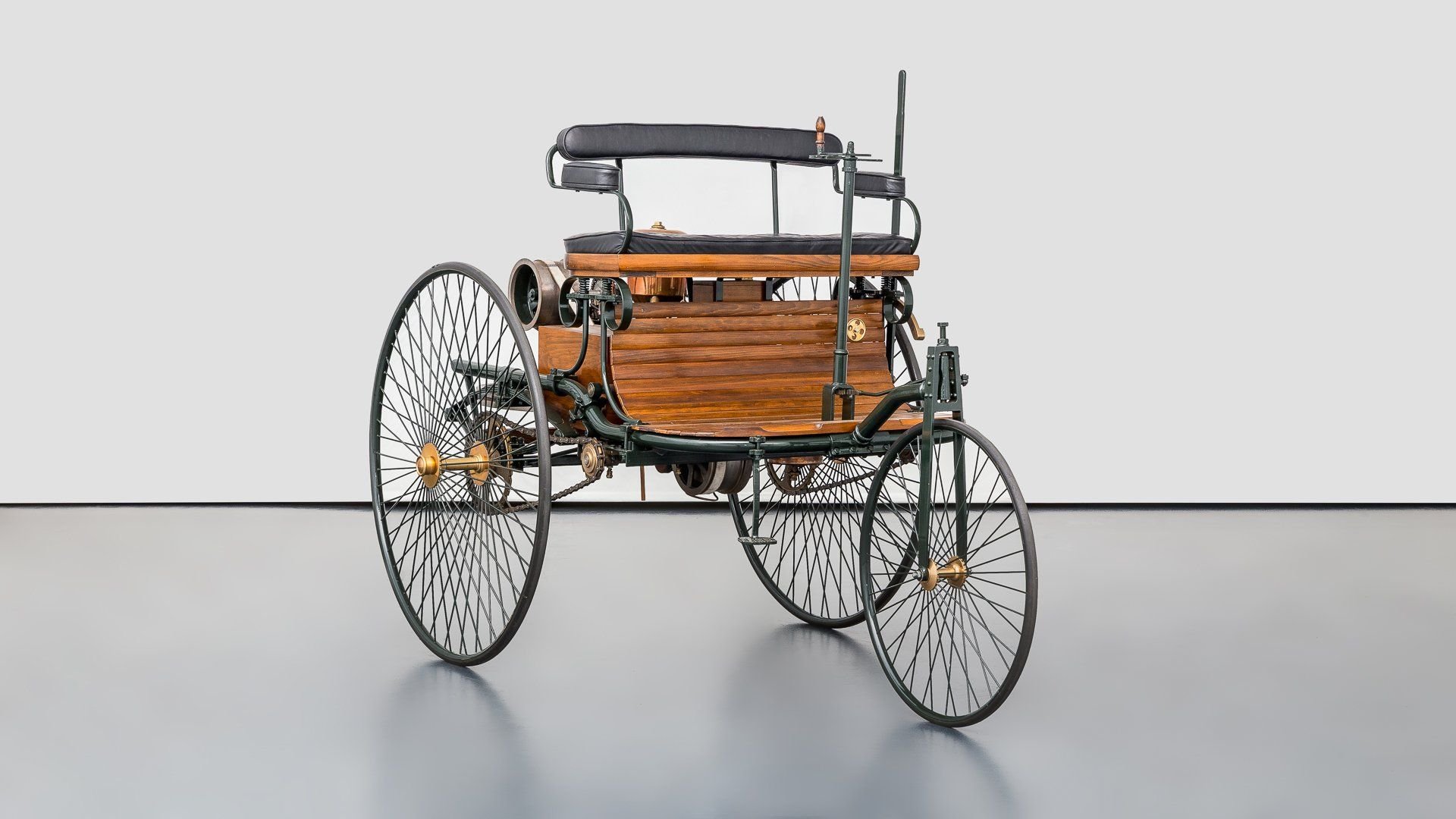
2. Ford Model T (1908): Mass Production and Accessibility
Henry Ford’s Model T revolutionized the automobile industry by introducing mass production techniques that made cars affordable for the average American. Equipped with a 20-horsepower, four-cylinder engine, the Model T was simple yet durable, capable of running on gasoline or ethanol.
The use of assembly line production dramatically reduced costs, allowing millions of people to own a car for the first time. The Model T’s impact extended beyond transportation, influencing urban planning, consumer culture, and industrial production.
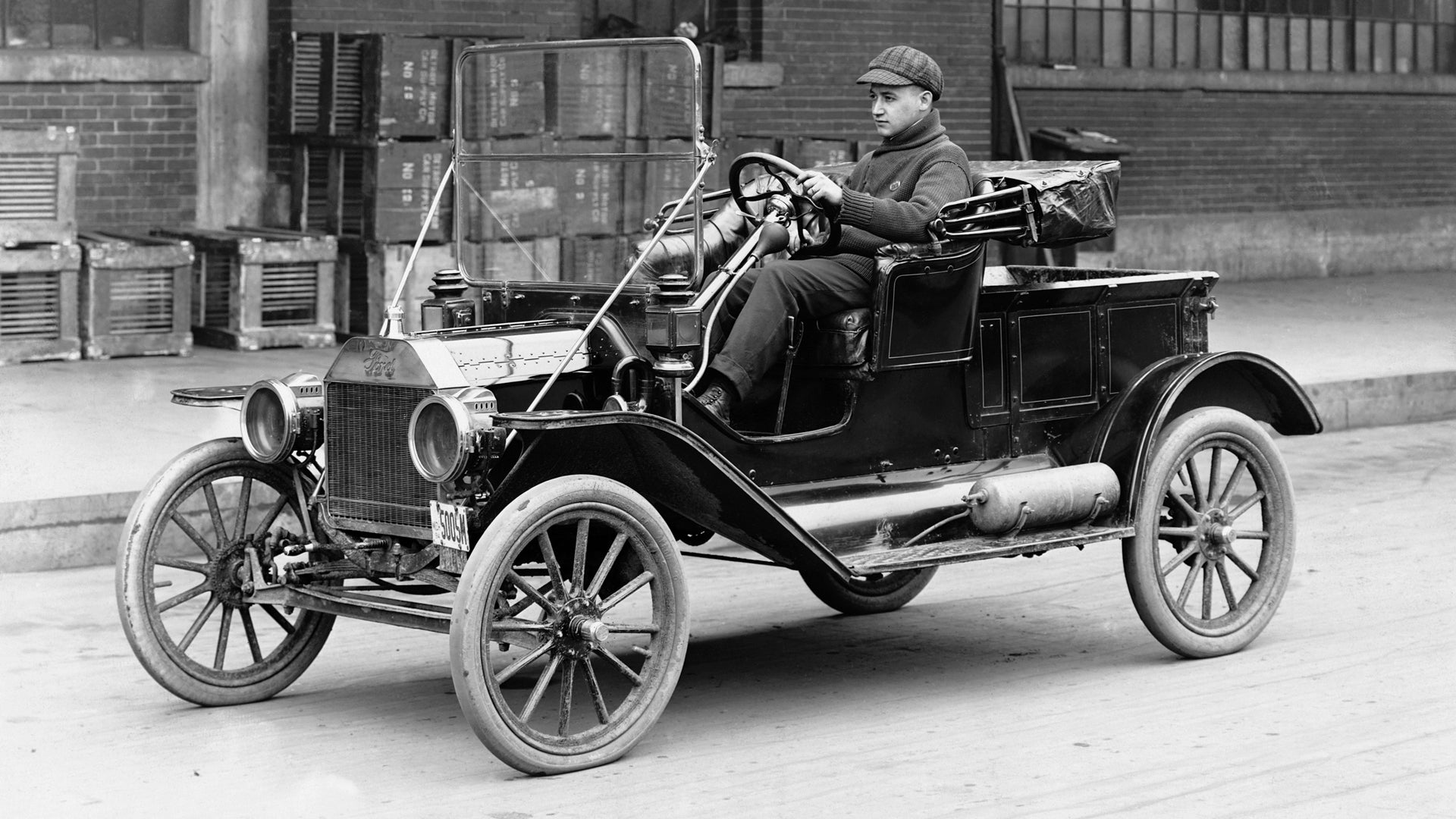
3. Volkswagen Beetle (1938): A Global Icon of Affordability
The Volkswagen Beetle, initially known as the Type 1, became one of the most recognizable cars worldwide. Designed for efficiency and reliability, the Beetle surpassed previous records set by the Model T, with over 21.5 million units produced by 2002.
Its air-cooled engine, compact design, and remarkable durability made it a favorite among consumers. The Beetle’s influence persisted for decades, shaping the future of small, economical cars and cementing its status as a cultural icon.
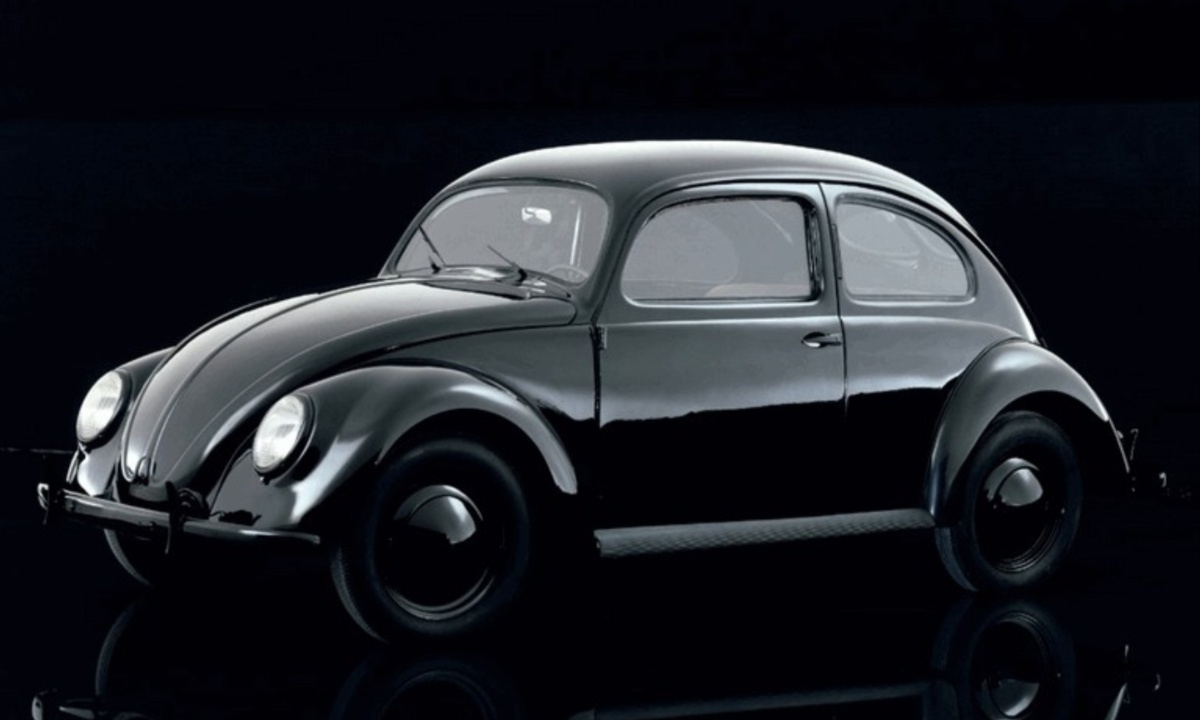
4. Jeep Willys MB (1941): Military Innovation to Civilian Success
The Jeep Willys MB, developed for the U.S. Army during World War II, became one of the most crucial vehicles in military history. Its rugged design, four-wheel drive capability, and adaptability made it indispensable on the battlefield.
After the war, the Jeep transitioned into civilian life, inspiring an entire category of off-road vehicles and SUVs. The Jeep Wrangler, introduced in 1986, carried forward the original Jeep’s legacy, making it one of the most recognizable vehicles ever produced.
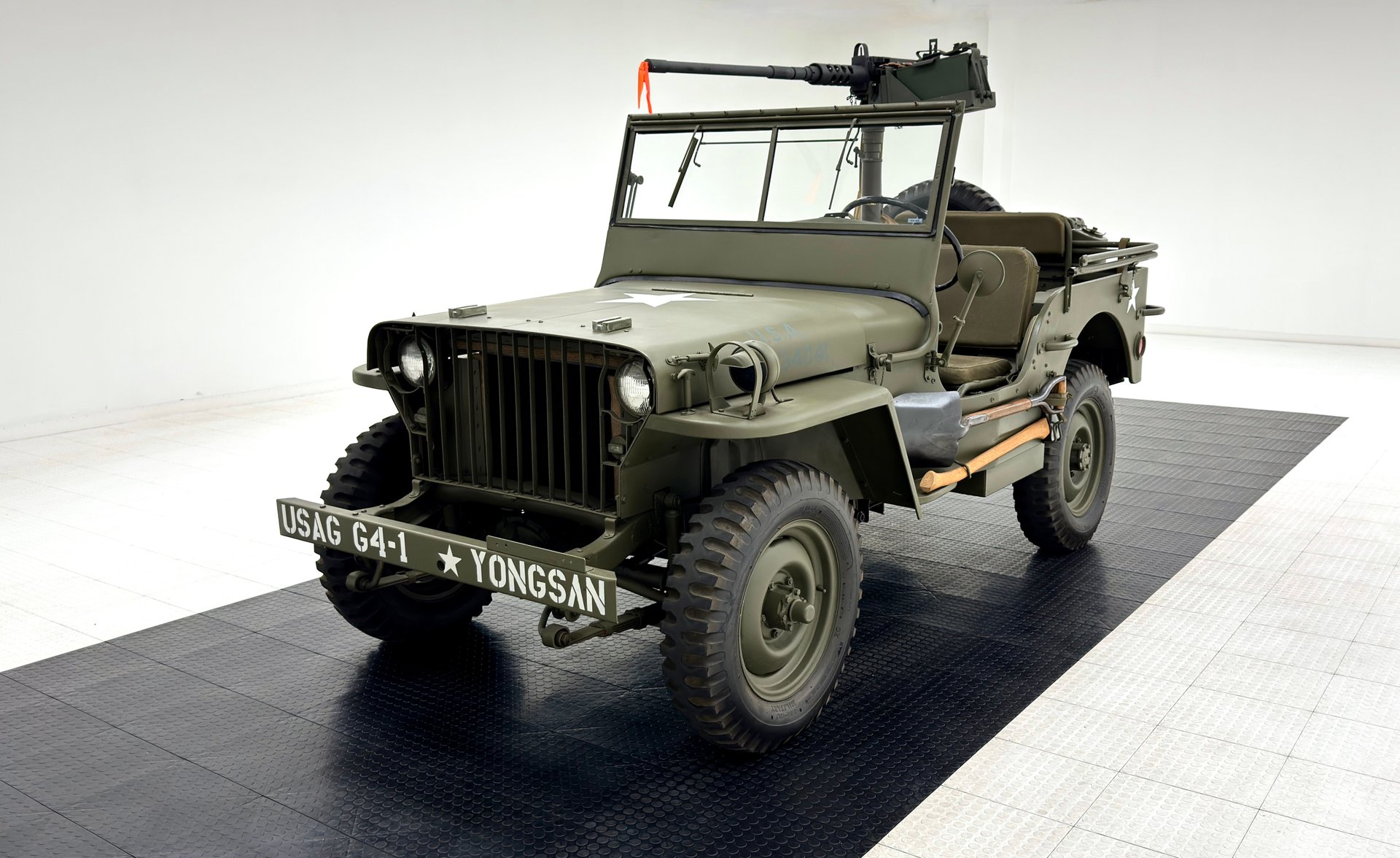
5. Fiat 500 (1957): Redefining City Cars
Launched to meet the post-war demand for an affordable city car, the Fiat 500 was small yet practical. Measuring just over nine feet in length, it was powered by a rear-mounted two-cylinder engine.
Despite its diminutive size, the Fiat 500 was a design triumph, winning the prestigious Compasso d’Oro Industrial Design Prize. Even after production ceased, its influence endured, leading to the revival of the model in 2007 with a modern twist on its classic design.
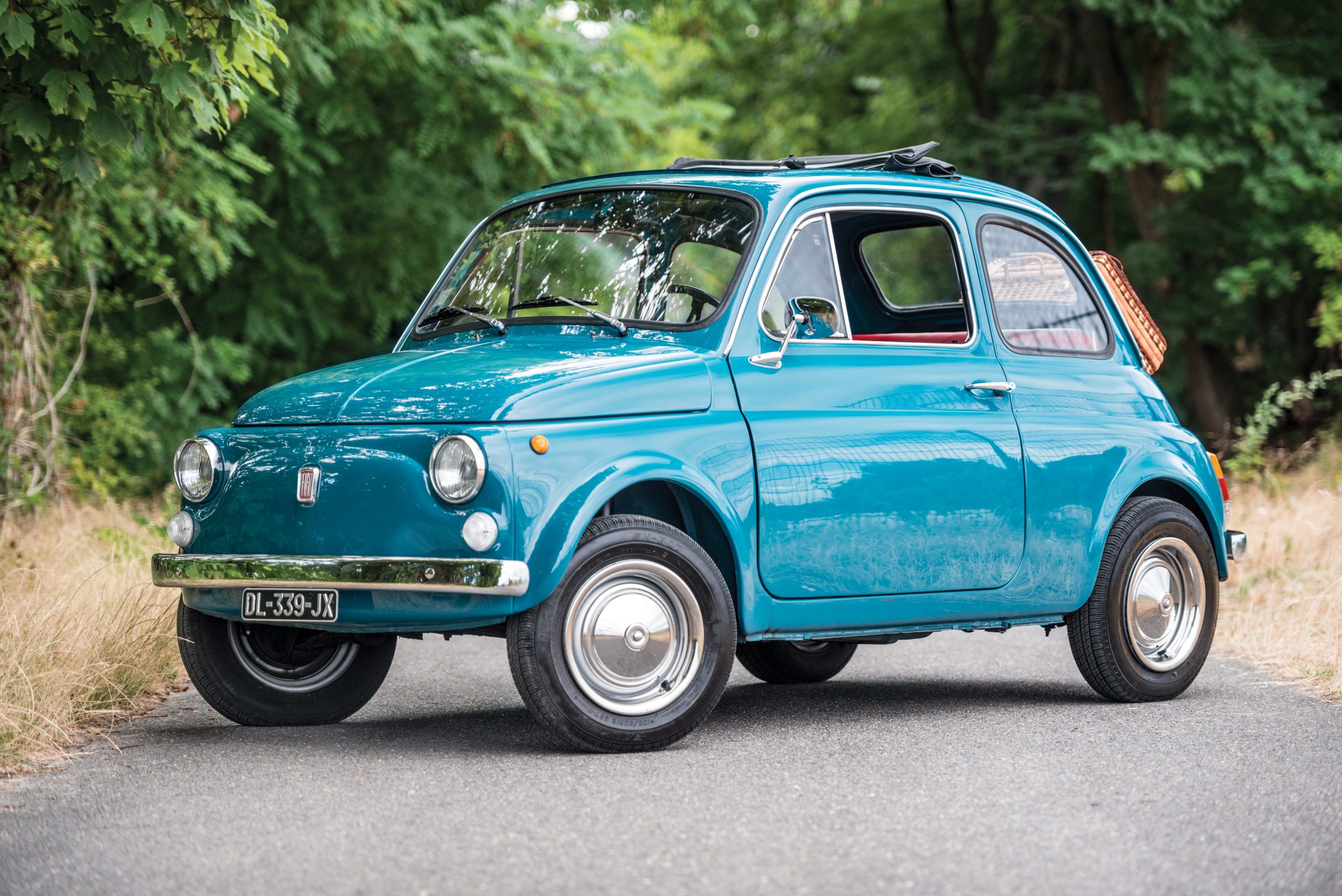
6. Mini Cooper (1959): A British Cultural Phenomenon
The Mini Cooper emerged as a response to fuel shortages, offering an efficient yet stylish solution. Designed by Sir Alec Issigonis, it featured a transverse engine and front-wheel-drive layout, maximizing interior space.
Beyond its practicality, the Mini became a pop culture icon, closely associated with 1960s Britain. Its racing success, including multiple Monte Carlo Rally victories, solidified its status. The Mini’s innovative design has influenced generations of compact cars, and it remains a beloved model in modern automotive lineups.
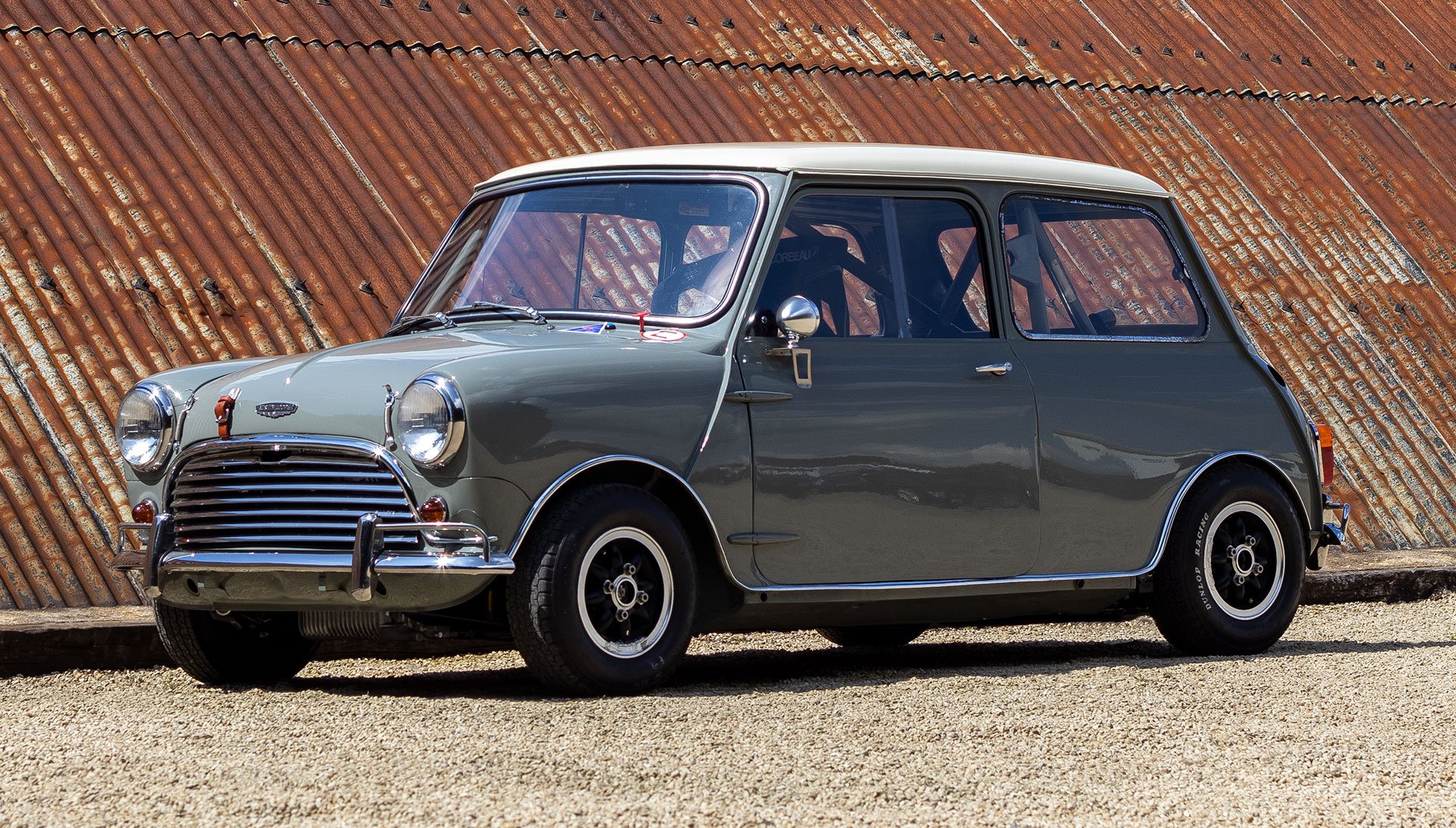
7. Porsche 911 (1963): A High-Performance Legend
The Porsche 911, introduced in 1964, set the standard for high-performance sports cars. Featuring a rear-mounted flat-six engine, it delivered exceptional speed and handling. Over the decades, the 911 evolved while retaining its core design principles.
From dominating race tracks to becoming a luxury sports car icon, the Porsche 911 remains one of the most respected and enduring models in the industry. The latest iterations still embody the power and elegance that defined the original.
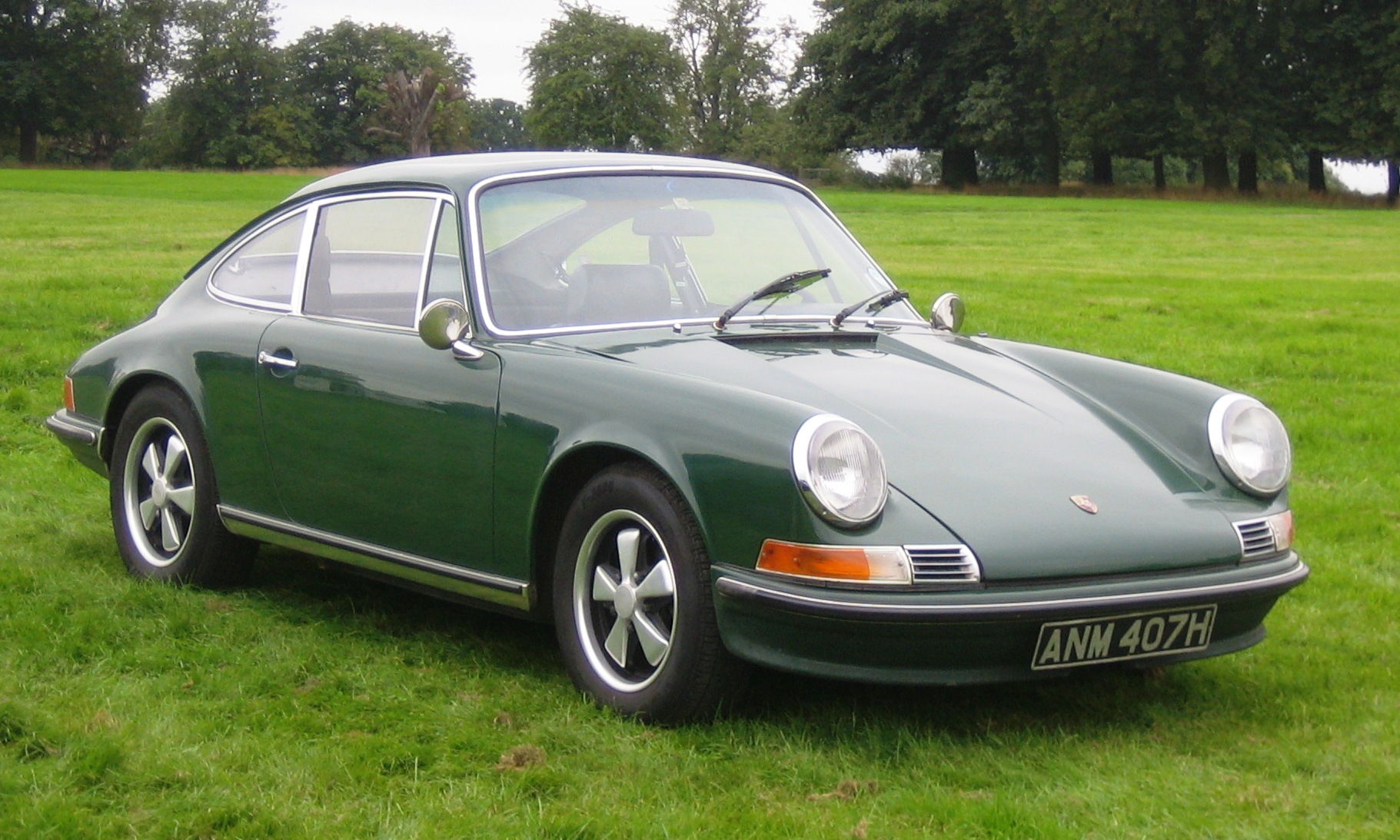
8. Ford Mustang (1964): The Birth of the Pony Car
Debuting at the 1964 World’s Fair, the Ford Mustang captured the imagination of American car buyers. Marketed as an affordable sports car, the Mustang was an instant success, selling over 400,000 units in its first year.
The car’s sleek design and powerful engine made it a cultural sensation, appearing in movies and television shows. The Mustang’s continued evolution has kept it relevant, ensuring its place as one of the most iconic muscle cars of all time.
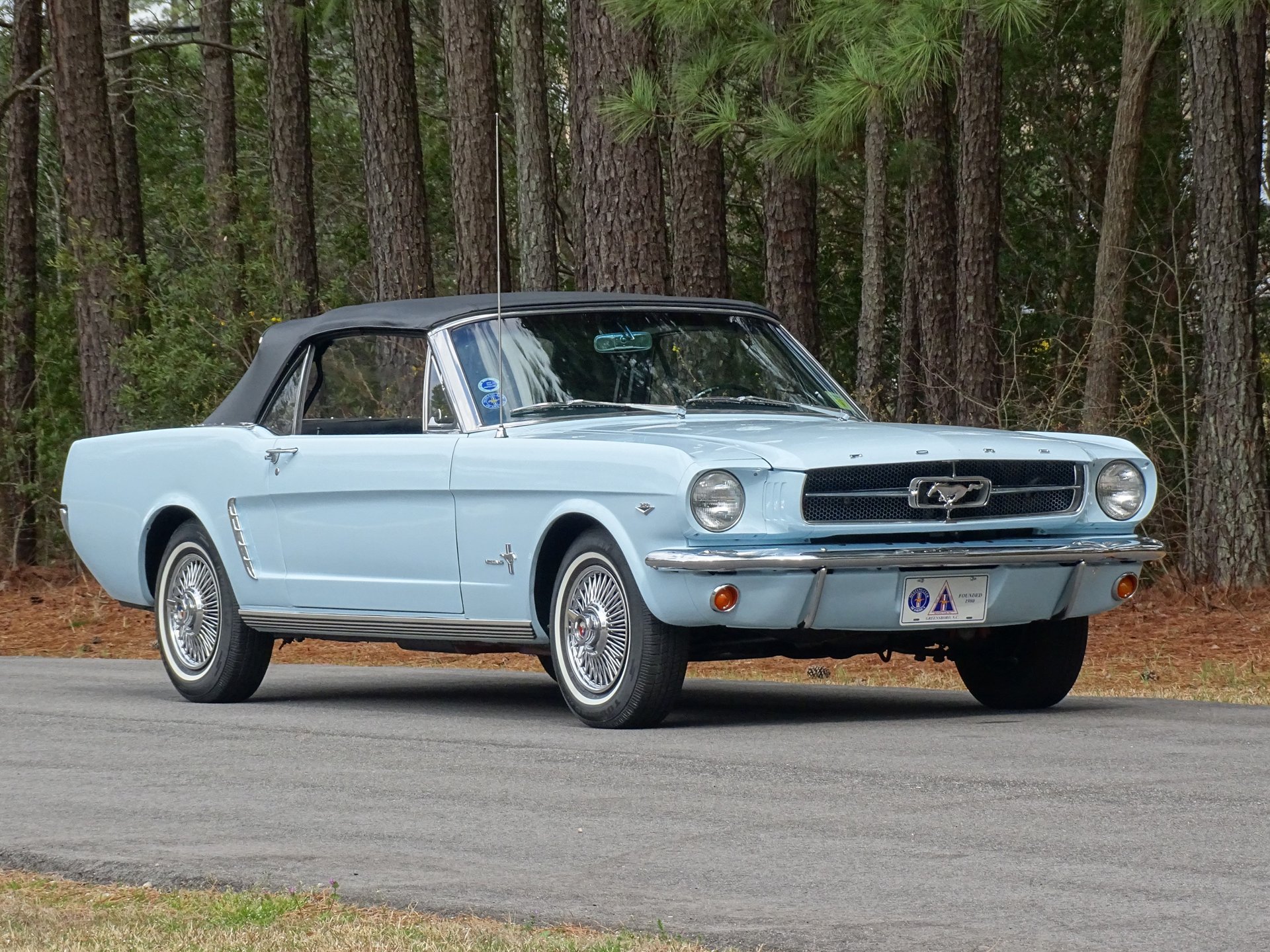
9. Toyota Corolla (1966): Reliability and Global Domination
The Toyota Corolla, launched in 1966, set new benchmarks for affordability, efficiency, and durability. Designer Tatsuo Hasegawa introduced innovations such as a four-speed floor shift manual transmission, making the Corolla a practical choice for drivers worldwide.
The Corolla quickly became the best-selling car globally, with over 50 million units sold. Its reputation for reliability and fuel efficiency continues to make it a favorite among consumers today.
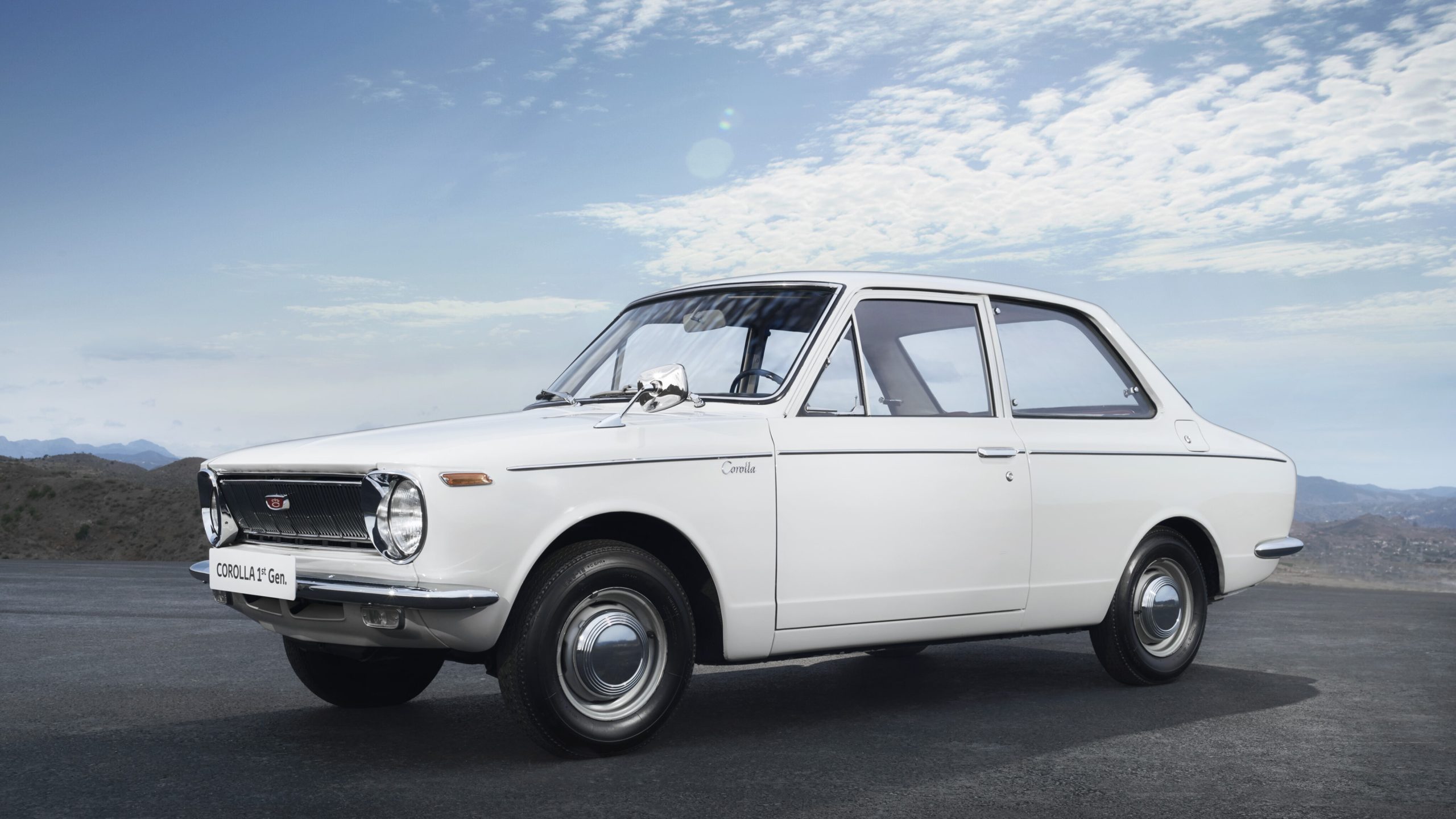
10. Honda Civic (1972): Compact, Economical, and Game-Changing
The Honda Civic, first produced in 1972, was a breakthrough in compact car design. With a focus on fuel efficiency, reliability, and affordability, the Civic became popular worldwide, particularly during the 1973 oil crisis. The car introduced features such as reclining front seats and front-disc brakes, setting new industry standards. Over the years, the Civic has evolved into a technologically advanced vehicle while maintaining its reputation for quality and efficiency.
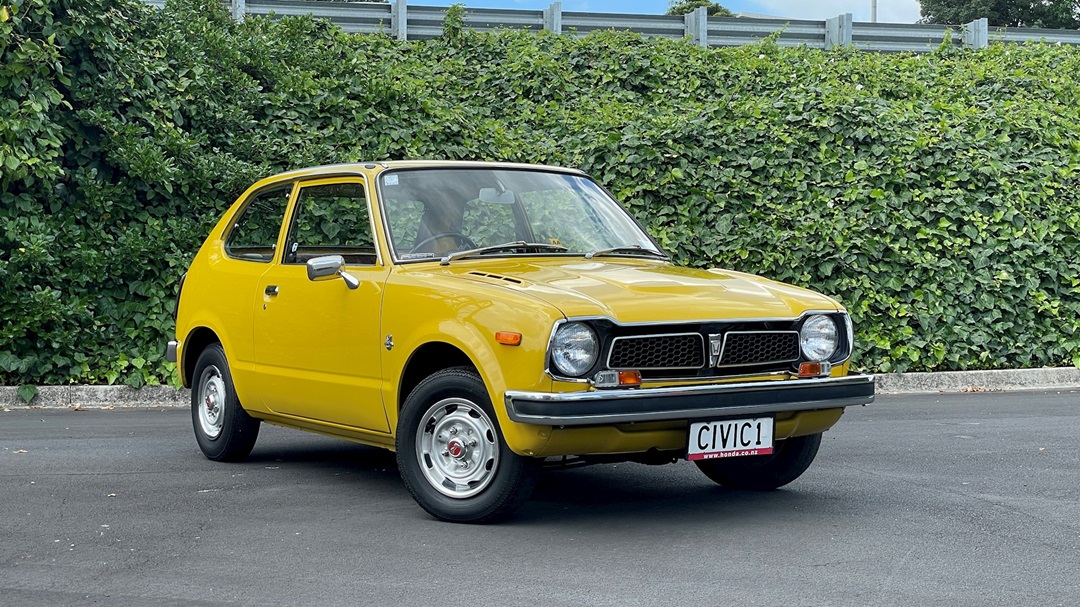
The automobile industry has evolved significantly over the last century, with key models shaping its direction. From the Benz Patent MotorWagen’s invention to the rise of high-performance sports cars and electric vehicles, each of these cars has played a pivotal role in defining modern transportation.
Their influence extends beyond engineering advancements, affecting economies, cultures, and lifestyles. As the industry moves toward sustainable and autonomous technologies, these iconic vehicles serve as a testament to the transformative power of innovation in automotive history.
Also Read: Top 10 Convertibles That Make Every Drive Fun For You

